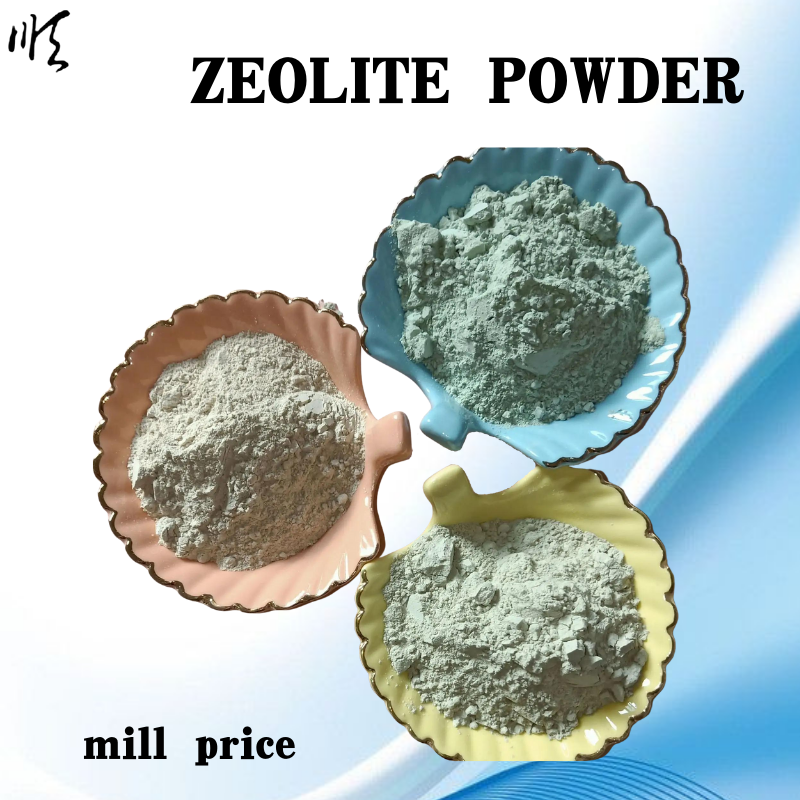
fly ash particle size
The Importance of Fly Ash Particle Size in Construction and Environmental Applications
Fly ash, a byproduct of coal combustion in power plants, has gained significant attention in the construction industry due to its versatile properties. One critical aspect of fly ash that influences its effectiveness in various applications is its particle size. Understanding the role of particle size can enhance the utilization of fly ash in construction, improve material performance, and provide environmental benefits.
Particle Size Distribution
Fly ash particles vary significantly in size, typically ranging from 1 to 100 micrometers. The particle size distribution has a substantial impact on the material's behavior during mixing, its pozzolanic activity, and ultimately its suitability for various applications. Fine particles, often less than 10 micrometers, have higher surface area and enhanced reactivity, which can lead to improved bonding characteristics when used as a replacement for cement in concrete. Conversely, coarser particles contribute less to pozzolanic reactions but can help in modifying the mechanical properties of concrete.
Impact on Concrete Performance
The optimal use of fly ash in concrete is heavily influenced by its particle size. When utilized properly, fly ash can improve the workability, strength, and durability of concrete mixtures. Fine fly ash particles aid in filling voids in the concrete matrix, resulting in a denser and more cohesive structure. This reduces permeability, enhancing the durability of concrete against environmental factors such as moisture, chemicals, and freeze-thaw cycles.
fly ash particle size

Moreover, the use of fly ash can lead to cost savings and sustainability in construction. By decreasing the amount of Portland cement needed, which is energy-intensive to produce, incorporating fly ash not only reduces greenhouse gas emissions but also enhances the recycling of byproducts from industrial processes. The environmental impact is particularly important in today’s construction practices, where sustainability is becoming a vital consideration.
Influence on Workability and Setting Time
The particle size of fly ash also affects the workability of concrete mixtures. Finer fly ash improves the flow and workability, allowing for easier placement and finishing of concrete. This is especially advantageous in complex structural applications where thorough mixing and placement are critical. However, it is essential to balance the amount of fly ash used, as excessive fine particles can lead to increased water demand and negatively impact setting times.
Adjustments to mix designs may be necessary to accommodate the specific properties of the fly ash being utilized. For instance, blending fly ash with different particle size distributions can optimize workability without compromising strength. Understanding the characteristics of the specific fly ash source is crucial for engineers to develop effective concrete formulations.
Conclusion
In summary, the particle size of fly ash plays a vital role in its effectiveness as a construction material. From influencing the mechanical properties of concrete to enhancing sustainability practices, the implications of particle size distribution are substantial. As the construction industry continues to seek innovative solutions for improved performance and environmental responsibility, fly ash remains a valuable resource. Engineers and material scientists must continue to study and understand the effects of particle size on fly ash to unlock its full potential in future construction projects. Ultimately, by maximizing the benefits of fly ash, we can contribute to a more sustainable and resilient built environment.
Share
-
Premium Glass Sand Solutions | High Purity SupplyNewsAug.03,2025
-
Premium Talcum Powder Enhanced with GPT-4 Turbo | Soft & Long-LastingNewsAug.02,2025
-
Fly Ash Solutions Enhanced by GPT-4 Turbo | Sustainable InnovationNewsAug.01,2025
-
Natural Premium Bentonite Cat Litter - Superior ClumpingNewsJul.31,2025
-
Premium Resin Coated Sand - High Heat Resistance CastingNewsJul.31,2025
-
High Quality Silicon Carbide Grit for Abrasive ApplicationsNewsJul.30,2025






